In today’s digital age, QR codes have become ubiquitous, finding their way into various applications such as marketing campaigns, payment systems, and even personal uses. These pixelated squares are a popular tool because they can quickly link to websites, display contact information, enable secure payments, and more, all with a simple scan from a smartphone. The importance of QR codes lies in their efficiency and ease of access to information and services.
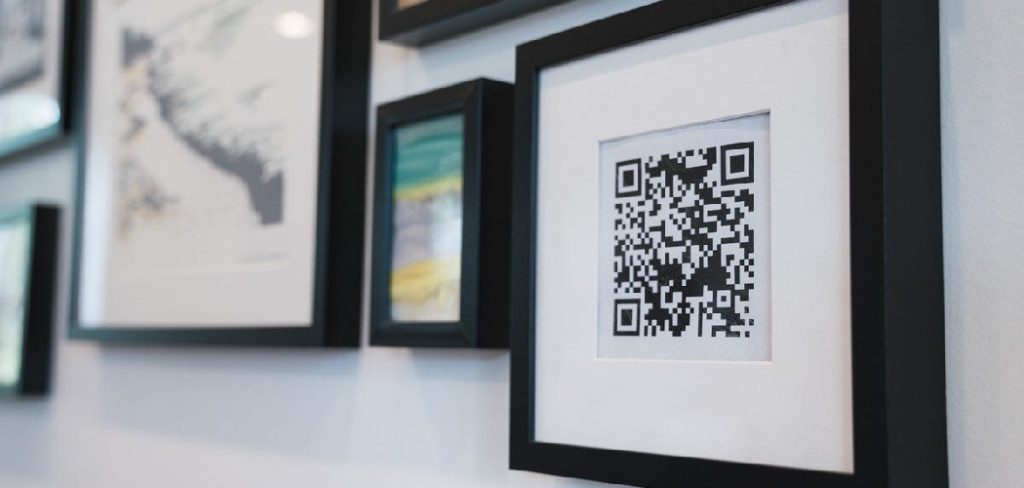
However, losing a QR code can be problematic, especially if it contains vital or sensitive information. This article aims to guide you through practical steps on how to recover lost QR code, ensuring you can regain access to the critical data embedded within. By following our comprehensive guide, you will learn various methods to retrieve your lost QR code and adopt preventive measures to avoid future loss.
Understanding QR Codes
What Is a QR Code?
A QR code, short for Quick Response code, is a type of matrix barcode or two-dimensional barcode that can store a significant amount of data. Unlike traditional barcodes that contain information in horizontal lines, QR codes use both horizontal and vertical patterns to encode data, which can be quickly read by smartphone cameras or dedicated QR code scanners. They were initially developed for the automotive industry in Japan but have since found widespread use across various sectors due to their versatility and ease of use.
Common Uses of QR Codes:
QR codes serve a multitude of purposes, making them invaluable in today’s tech-savvy world. Common examples include:
- Website links: Businesses often use QR codes to link directly to their websites or specific landing pages.
- Contact information: QR codes can store and share contact details effortlessly, often seen on business cards.
- Payment processing: Many payment platforms, including major services like PayPal and Venmo, utilize QR codes for secure transactions.
- Event tickets: Event organizers use QR codes for digital tickets, simplifying the check-in process at venues.
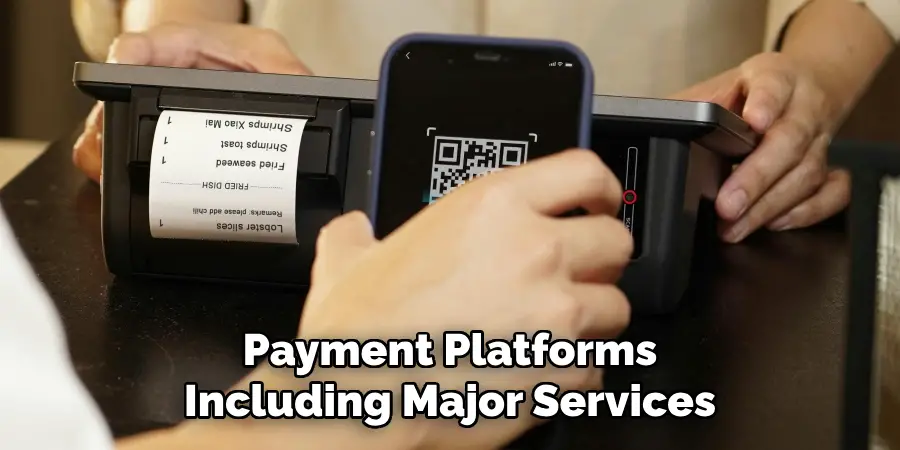
Importance of QR Code Data:
The data encoded in a QR code can be essential, serving various purposes from personal information to business operations. Losing a QR code can be particularly problematic if it contains crucial or sensitive information, such as a unique payment link, event ticket, or contact detail. Recovering lost QR codes is vital to maintaining smooth operations and ensuring that important data remains accessible. This underscores the necessity of keeping track of and securely managing these digital assets.
How to Recover Lost QR Code: Checking Original Sources
Retrace Your Steps:
When it comes to recovering a lost QR code, one of the first and most effective steps is to retrace your steps. Start by identifying where and how the QR code was originally created or obtained. This is crucial because you will need to recall the context in which you originally needed the QR code, such as whether it was generated for an event, a payment, or a business operation. This foundational step will guide you through a more targeted search.
Email and Messaging Apps:
Emails and messaging apps are common places where QR codes can be found, especially if they are shared digitally. Begin your search by combing through your email inbox. Use specific keywords related to the QR code, such as the name of the service, product, or event associated with it. Besides emails, check messaging apps such as WhatsApp, Messenger, or text messages. These platforms often serve as quick channels for sharing QR codes, and you might have received the code via a chat message, which can be easily overlooked. Remember to check archived and deleted messages as well, as they might still contain valuable information.
Cloud Storage and Backups:
Cloud storage services are another excellent resource for locating your lost QR code, especially if you habitually back up your files. Services such as Google Drive, Dropbox, and iCloud often hold backups of important documents and images, including QR codes. Perform a thorough search within these services using relevant keywords or browsing your recent activity or uploads. Additionally, if you use services like Google Photos or iCloud Photos, check the image galleries for any screenshots or photos of the QR code that might have been automatically backed up.
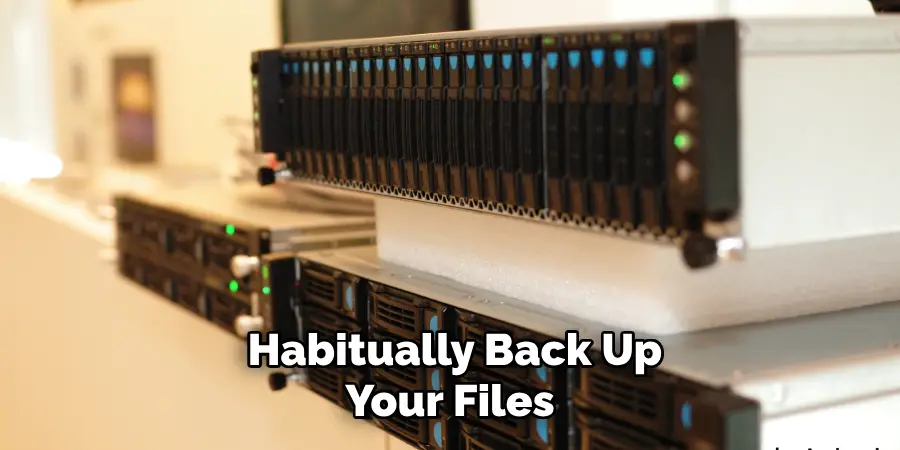
Websites and Accounts:
Lastly, log into any websites or accounts where the QR code might have been generated or saved. This includes event ticketing sites, online payment services, and any platform where you might have created or stored the QR code. If you remember the specific service, head directly to their website or app and check for any saved codes under your account settings or history. Many services keep a record of generated QR codes, making it easy to retrieve them when needed. By diligently checking these original sources, you increase your chances of successfully finding your lost QR code.
Using QR Code Recovery Tools
QR Code Generator Websites:
Many QR code generator websites include a history feature that allows users to retrieve previously created codes. This can be particularly useful if you regularly use such services for generating QR codes. Look for generators that offer an account-based system wherein your codes are stored under your user profile. Some popular QR code generation sites like QRCode Monkey or Beaconstac keep a log of your past creations, making it easier to recover a lost QR code. Simply log into your account and navigate to the section where your previous codes are stored. You might just find the QR code you are looking for with a few clicks.
QR Code Management Apps:
There are dedicated apps and services designed specifically for managing and storing QR codes. These apps not only help in generating QR codes but also in organizing them efficiently. Applications like QR Code Reader and Scanner or QR Tiger provide code storage, categorization, and easy retrieval features. By using a QR code management app, you can scan and store important QR codes for future use, preventing the loss of critical information. Explore the app store on your smartphone and search for reputable QR code management tools, ensuring that they offer functionalities that meet your needs.
Contacting Support:
When all else fails, one of the most effective approaches to recovering a lost QR code is to contact the support team of the service or platform where it was generated. Most QR code generating services, payment platforms, and event ticketing sites have dedicated customer support teams to assist with such issues. Reach out to them via email, chat, or phone, explaining your situation in detail. Provide as much information as possible about the QR code, including the date and time it was generated, the purpose of the code, and any other relevant context. The support team can often access their records to help retrieve the lost QR code, ensuring you regain access to your important data.

By leveraging these QR code recovery tools and methods, you significantly enhance your chances of recovering a lost QR code. Whether utilizing generator websites, management apps, or reaching out to support, taking these steps will help ensure you can continue accessing essential information seamlessly.
Utilizing Screenshots and Photos
Checking Photo Galleries:
One of the simplest yet often overlooked methods of retrieving a lost QR code is to search your smartphone or computer photo gallery. Many users take screenshots or photos of QR codes for convenience. Begin by scrolling through your recent images or utilize the search feature in your gallery app to look for keywords related to the event, product, or service associated with the QR code. Additionally, check any albums or folders where you habitually store important screenshots or photos. The QR code may be saved in a dedicated folder that you might have forgotten about.
Using Image Search Tools:
Modern smartphones and computers come equipped with powerful image search tools that can scan through your images for specific patterns, including QR codes. Use these tools to perform a comprehensive search by inputting relevant keywords or simply searching for “QR code.” Some devices also allow you to scan all images for QR code patterns, making locating the code among your photos easier. This feature can save time and streamline the process of finding the QR code buried deep within your photo collection.
Enhancing and Scanning:
If you come across a screenshot or photo of the QR code that appears blurry or unclear, don’t fret. Use image enhancement tools to improve the clarity of the QR code. Applications like Adobe Photoshop or even built-in photo editing tools can sharpen the image, making it more legible. Once enhanced, open a QR code reader app on your smartphone or computer to scan the QR code. Most QR readers are equipped to handle slightly blurred or lower-quality images, ensuring you can retrieve the information encoded in the QR code effectively. By systematically utilizing these methods, you can enhance and scan any QR codes found in your images, increasing your chances of recovering the lost code.
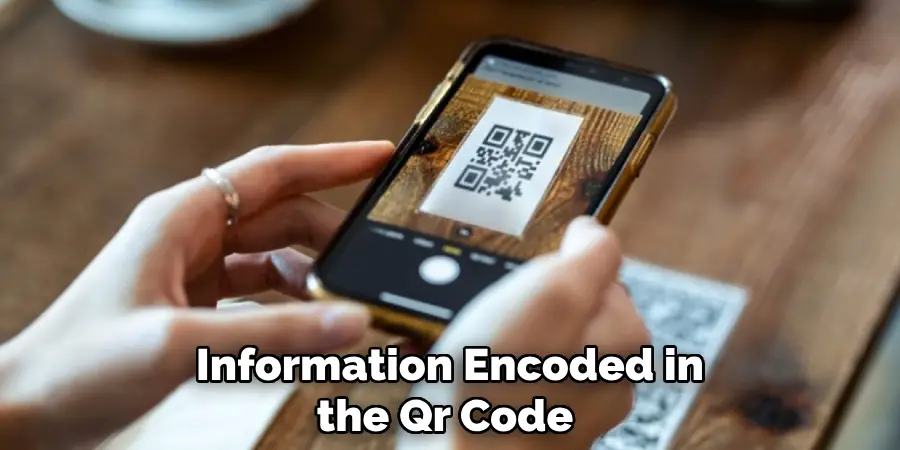
Recreating the QR Code
Gathering Necessary Information:
The first step in recapturing a lost QR code is to gather the original data or link encoded in it. This data could be a website URL, contact information, event details, or any other type of encoded information. If you do not remember the exact details, try to retrieve them from any related emails, documents, or notes that might contain the necessary information. Ensuring you have accurate data is crucial, as this will ensure the functionality of the new QR code.
Using QR Code Generators:
Once you have the original data, you can proceed to create a new QR code using an online generator. Here is a step-by-step guide to help you through the process:
- Select a QR code generator website: Popular options include QRCode Monkey, Beaconstac, and QR-Code Generator.
- Enter the data: Input the original data or link into the designated field on the website.
- Customize the QR code: Many generators offer customization options such as color, design, and adding a logo. While optional, customizing can make your QR code more recognizable.
- Generate the QR code: Click on the appropriate button to generate the QR code. The website will display the newly created QR code, which is ready for use.
- Download the QR code: Save the QR code image to your device by clicking the download button. Choose a high-resolution format if possible to ensure clarity when scanned.
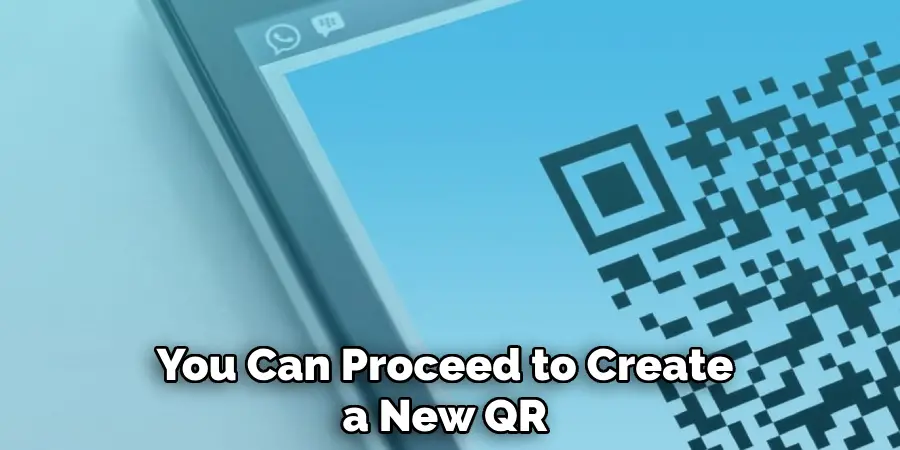
Saving and Backing Up:
To prevent future loss of the newly created QR code, it is essential to follow best practices for saving and backing it up. Save the QR code image in a dedicated folder on your computer or smartphone. Additionally, consider uploading it to a cloud storage service like Google Drive, Dropbox, or iCloud. Label the file clearly so it can be easily found when needed. Lastly, save a screenshot of the QR code in your photo gallery, ensuring multiple copies are available for easy access. These steps will help preserve your QR code and protect against future loss, ensuring continued access to the essential information it encodes.
Preventing Future QR Code Loss
Regular Backups:
To prevent the future loss of important QR codes, it is paramount to regularly back them up to multiple locations. Utilize cloud storage services like Google Drive, Dropbox, or iCloud to ensure your QR codes are safely stored and accessible from any device. Cloud storage offers the advantage of automatic backups and protection against device failures. Additionally, consider using external drives such as USB flash or hard drives for offline backup options. Regular backups—weekly or monthly—are essential practices to safeguard against accidental deletion, hardware malfunctions, and other unforeseen events, ensuring your QR codes are always within reach.
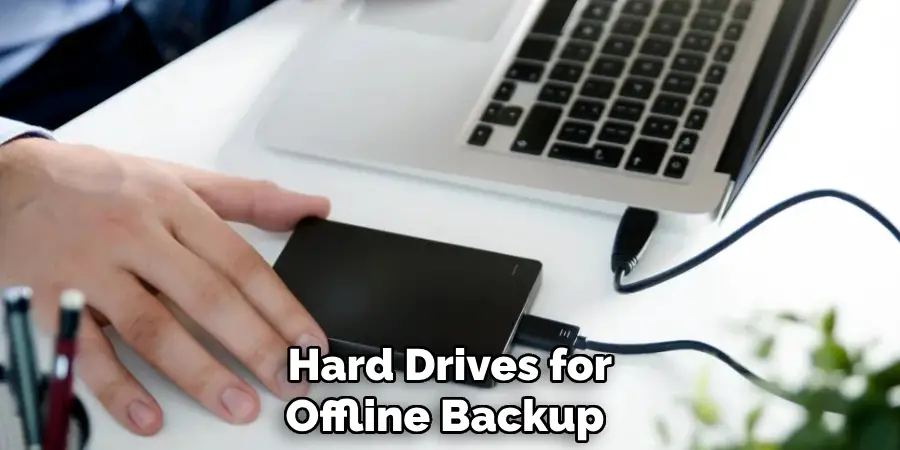
Organizing and Labeling:
Effective organization and clear labeling of your QR codes play a critical role in easy retrieval. Create a dedicated folder on your computer or smartphone specifically for QR codes, and further subdivide this folder into categories based on their purpose (e.g., event tickets, personal contacts, payment links). Clearly label each file with a descriptive name and date to quickly identify the code when needed. Incorporating these organizational practices reduces the time spent searching for specific QR codes and enhances the overall efficiency of accessing your important data.
Using QR Code Management Apps:
Consider using QR code management apps or services for a more streamlined approach to managing QR codes. Applications like QR Reader, QR Droid, and QR Code Generator Pro offer comprehensive solutions for securely storing, organizing, and retrieving QR codes. These apps often come with features such as categorization, search functionality, and cloud syncing, which provide added convenience and security for managing your QR codes. Adopting these specialized tools ensures your QR codes are systematically organized, easily accessible, and protected from potential loss.
Conclusion
In today’s digital age, QR codes play a vital role in swiftly connecting us to a variety of information, from websites to event details. Understanding how to recover lost QR codes is essential for maintaining access to this crucial data. Common recovery methods, including enhancing and scanning images, as well as recreating QR codes using original data, provide practical solutions for retrieving lost codes. Adopting preventive measures such as regular backups, effective organization, and using specialized QR code management apps can significantly reduce the risk of future loss.
These strategies enhance the efficiency of accessing QR codes and contribute to the secure management of your digital information. By following these guidelines, you can ensure the seamless integration and accessibility of QR codes in your daily life, thereby safeguarding the data they encode against potential loss.
